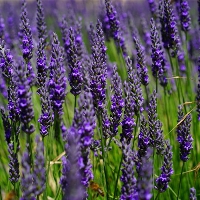Stock selection is the most troublesome thing for most investors. Everyone wants to choose stocks that are rising fast and with large growth, and it is better to choose stocks that start at the bottom. Although it is very difficult to select such individual stocks, there is a kind of "Yang Bao Yin" combat method that can help greatly in this regard.
How to operate the "Yang Bao Yin" method?
【1】 Increase the effectiveness of the positive negative pattern through various signals. It is best that this pattern occurs after the long-term decline of individual stocks, so there is little room and possibility for continued decline in the future market. When the positive line of the form is formed, it is best to cooperate with a large number of trading volumes, and the individual stock rising trend started by a large amount is often very strong. When the morphology is formed, it is better to cooperate with technical indicators such as kdj and macd.
【2】 After the trend is established, radical investors can buy on the day when the trend is formed, while stable investors can buy when the stock price is still strong after the pattern is completed.
When making use of the positive and negative pattern to select stocks, the buying point should be as close to the support line as possible. The 10 day moving average is the most important support level for short-term operations. And no matter how to operate, stop loss is still a very important link in stock speculation. If there is a break after buying, stop loss in time.

